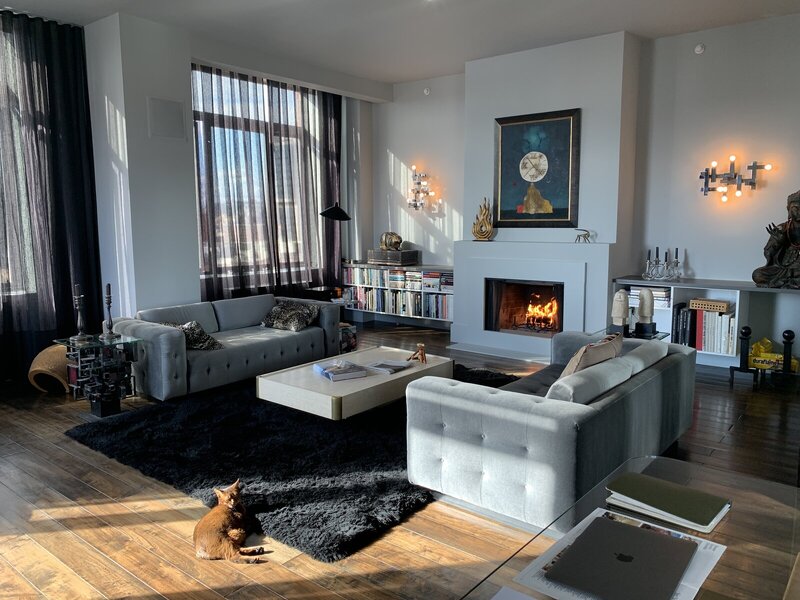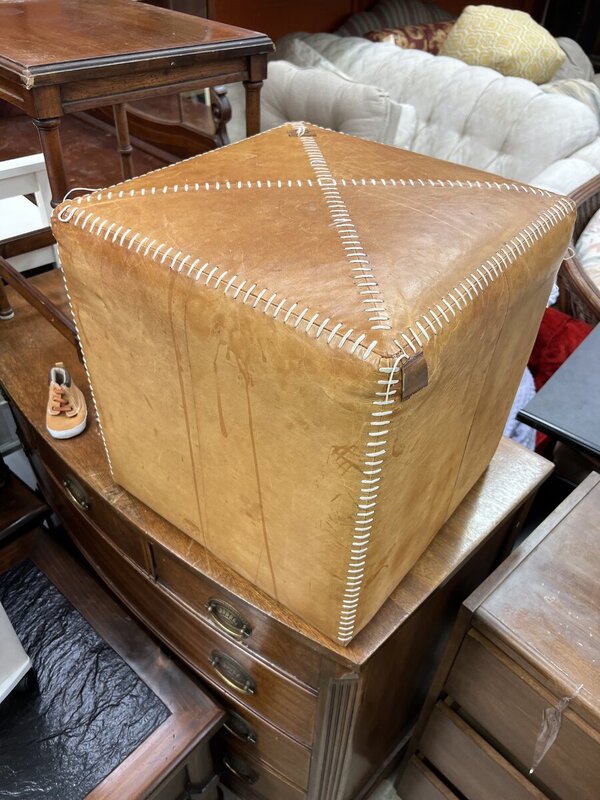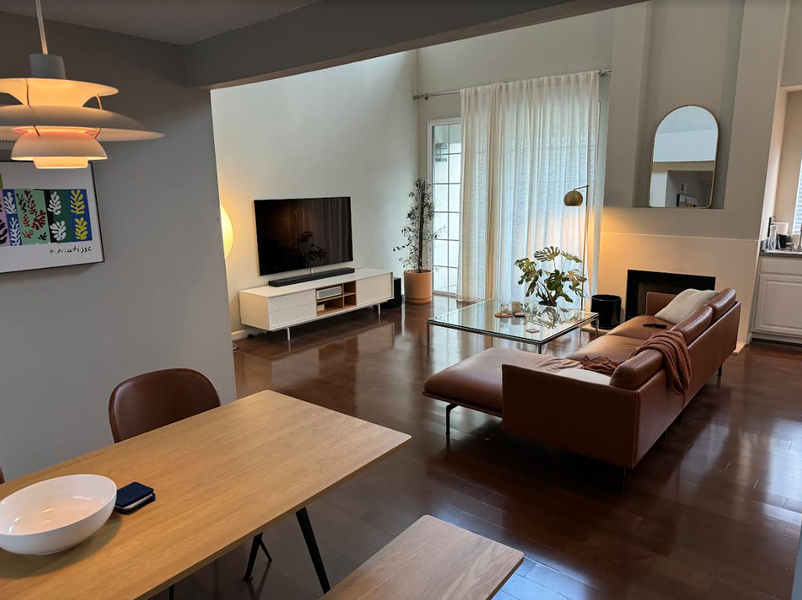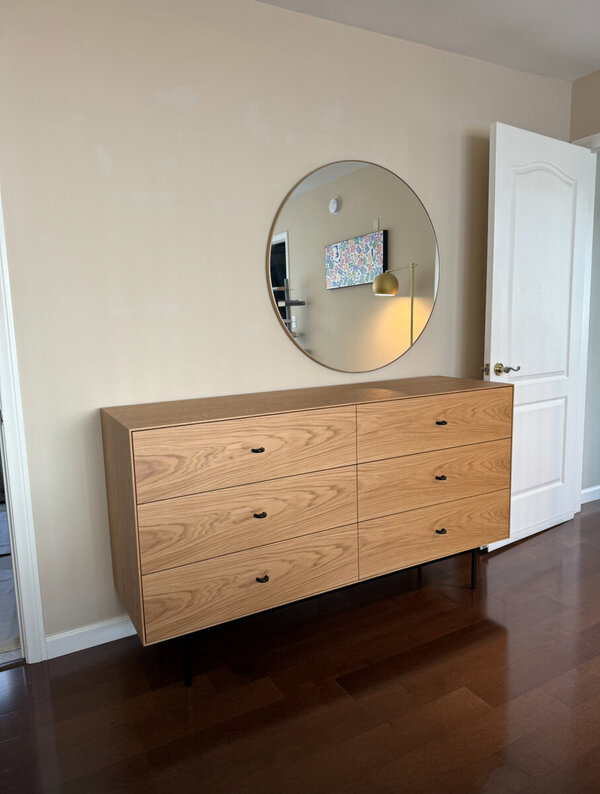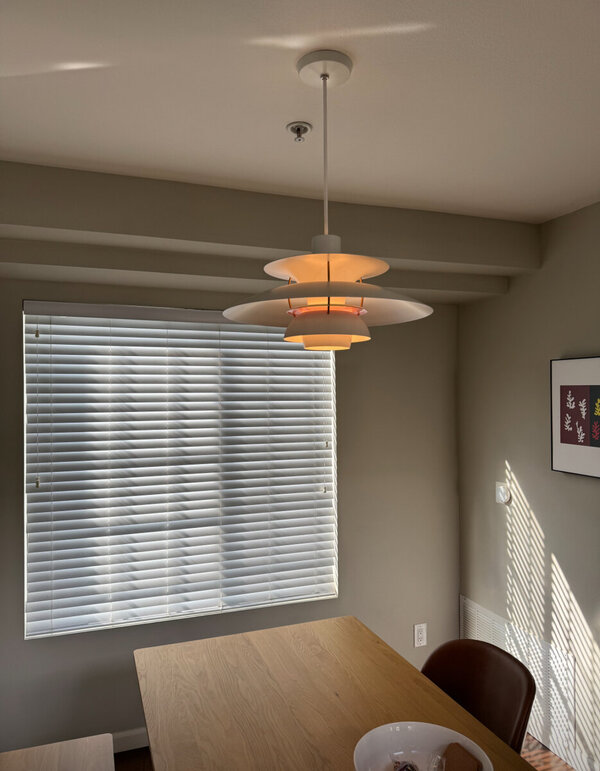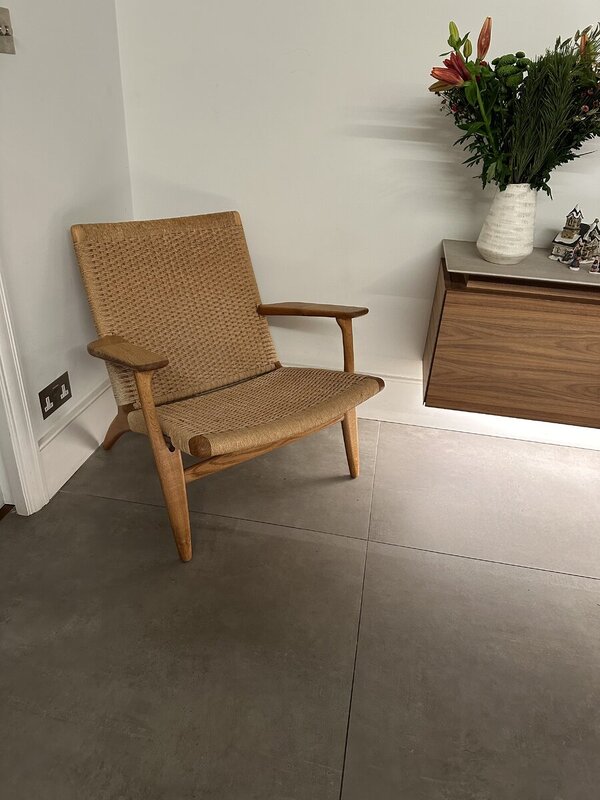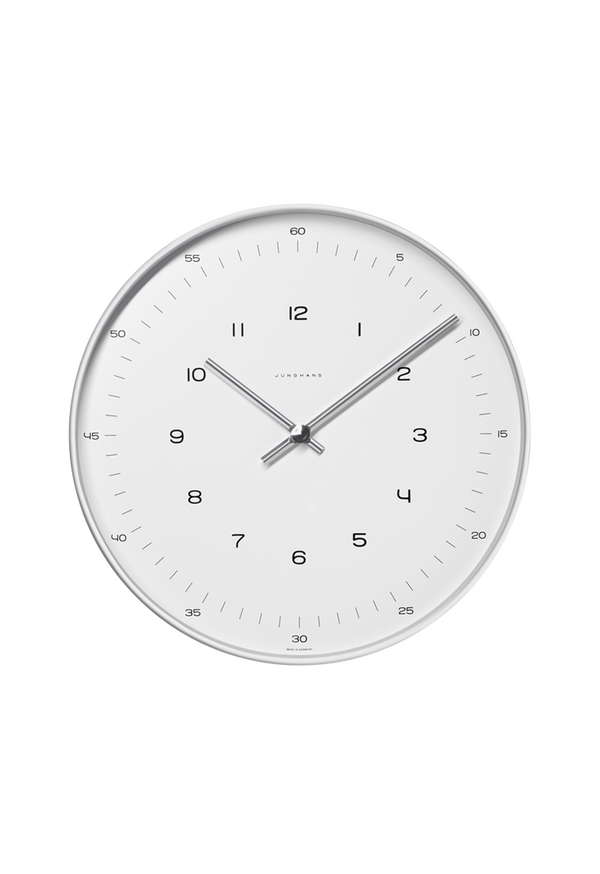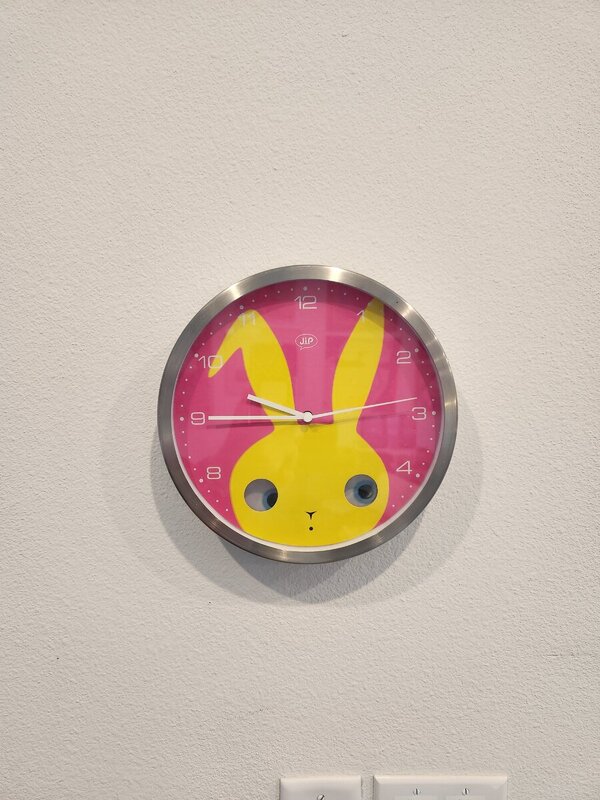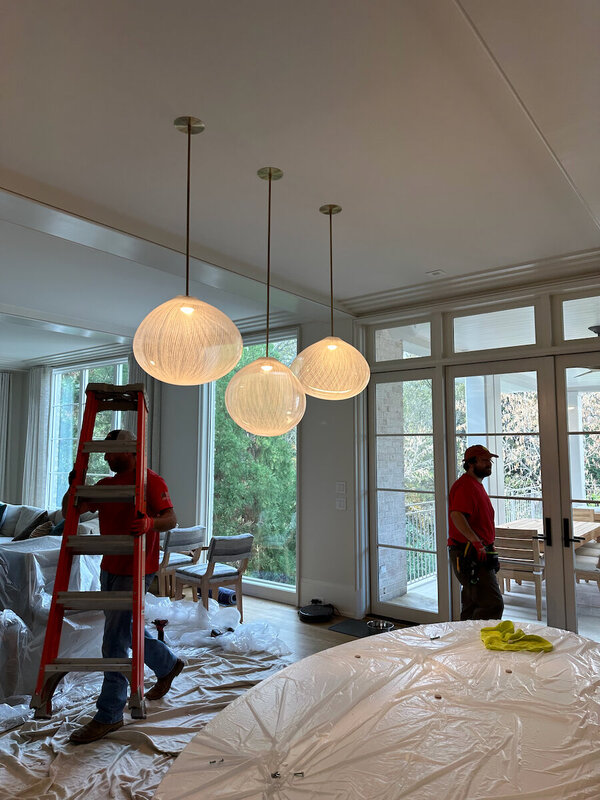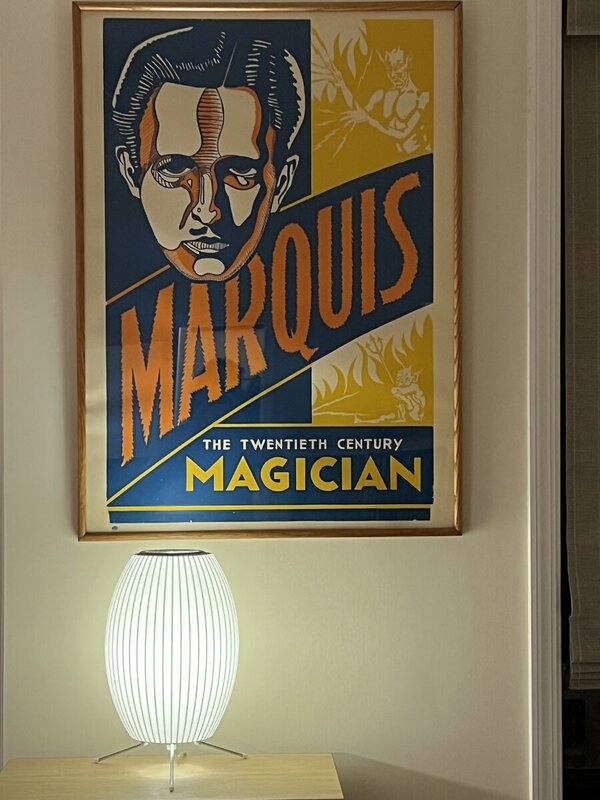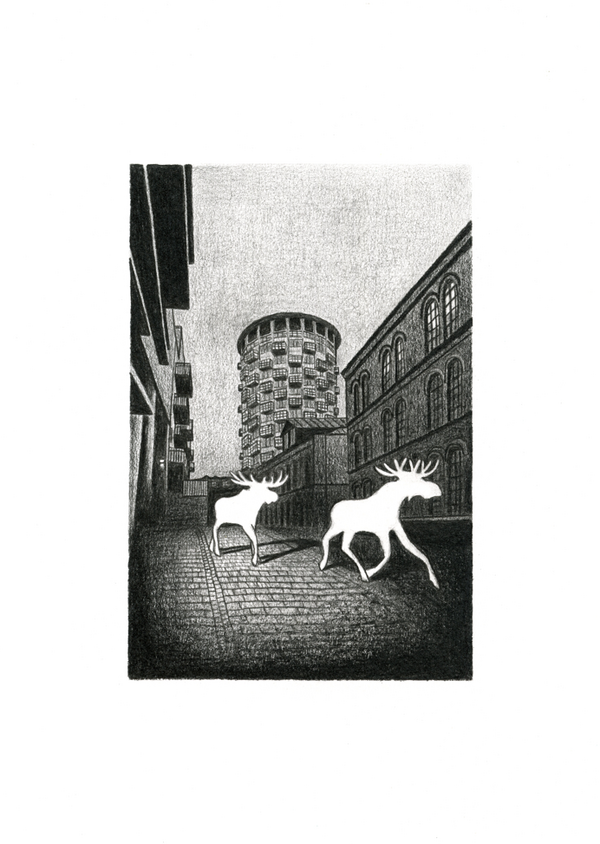SkinnyGoomba
Stylish Dinosaur
- Joined
- Jan 3, 2008
- Messages
- 12,895
- Reaction score
- 2,402
Modernism is a movement which was a product of changing times. Thonet's vienna coffee house chair is considered important to modernism because of it's ability to be mass produced due to how the chair is bent, but you are correct in saying the style is art nouveau.
The movement is not furniture based so much as it is architecture based and furniture is a byproduct of that. The industry wanted to make use of new construction materials and that is the real foundation of all of this. You see wrought iron and it's effect in the mid-late 19th century and then in the beginning of the 20th century you start to see effect of inexpensive steel on the industry, which can now use fabricated steel products to build with. This all worked its way to furniture soon after.
I don't believe it was the goal of modernism to be inexpensive at the start, but eventually people like Eames and Nelson came around and companies like HM put their ideas to use, "sit the most for the least" is an Eames quote.
You dont really start to see much in the way of this coming to light as a way to make inexpensive housing/furniture until post WWII, Europe needed to rebuild at that point and America needed to support the growing middle class.
I don't see why. Modernism was effectively invented as a way to make cheap, mass-produced furniture. Nor do I see why it is "tautological to say IKEA is excellent design." Lot of people make cheap, really awful furniture. Some of it won't even flat pack! It think it is fair to say that, given that IKEA is constrained to make inexpensive furniture, they do an excellent, innovative job of it.
I never really considered the issue of design patents in all this. But I guess I am speaking of a more general definition of "design" rather than what can necessarily be legally protected.
I don't know whether I would exactly call Thonet the inventor of modernism. Originally, Thonet was more Art Nouveau than anything else. But it was really more of a production technique than a design philosophy.
But yes, the whole point of the Bauhaus movement was to create functional, attractive furniture that could be cheaply mass produced. In a way, IKEA is really the true successor to the Bauhaus translated into a global company.
Modernism is a movement which was a product of changing times. Thonet's vienna coffee house chair is considered important to modernism because of it's ability to be mass produced due to how the chair is bent, but you are correct in saying the style is art nouveau.
The movement is not furniture based so much as it is architecture based and furniture is a byproduct of that. The industry wanted to make use of new construction materials and that is the real foundation of all of this. You see wrought iron and it's effect in the mid-late 19th century and then in the beginning of the 20th century you start to see effect of inexpensive steel on the industry, which can now use fabricated steel products to build with. This all worked its way to furniture soon after.
I don't believe it was the goal of modernism to be inexpensive at the start, but eventually people like Eames and Nelson came around and companies like HM put their ideas to use, "sit the most for the least" is an Eames quote.
You dont really start to see much in the way of this coming to light as a way to make inexpensive housing/furniture until post WWII, Europe needed to rebuild at that point and America needed to support the growing middle class.
Last edited:







